Halloween Haunts: How Scary Movies Went Mainstream, and How They Got Sutured to Halloween
By Stacie Herrington
Halloween and horror movies go together like peanut butter and chocolate. But it wasn’t always that way.
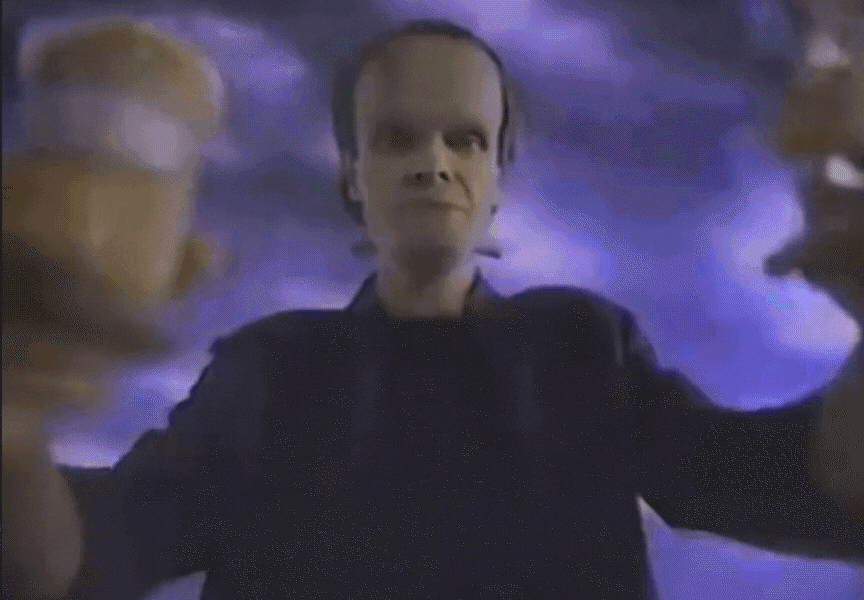
Reese’s commercial (1986)
Once upon a time, before you were born, horror movies were weird little experiments involving things like cardboard bats and borrowed pipe organs and nonsparkling vampires. They were smoky European imports, trick films, or midnight stage-show extensions of gothic novels—creepy, sure, but about as mainstream as a séance in your great-great aunt’s parlor. Still, for a certain facet of the filmgoing public, they did scratch a certain itch.
So how did we get from Nosferatu (1922) to Netflix & Kill?
And when did scary movie marathons become as … expected … on Halloween as bite-sized Snickers and sexy versions of every costume?
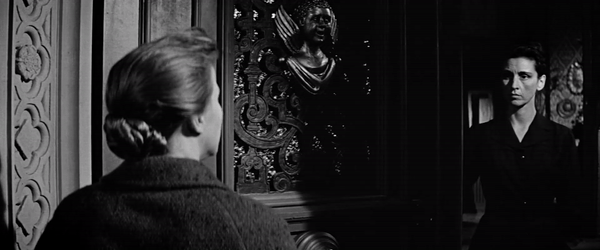
The Haunting (1963)
Come, sit by the fire, and let’s carve this pumpkin.
The Monster Boom (1930s): Depression-Era Escapism
Nearly a century ago, in the thick sad fog of the Great Depression, Universal Studios rolled the dice on two gothic classics: Dracula and Frankenstein (both 1931). These monsters went into the workday as guys in makeup and emerged as cultural juggernauts. The man in the tux who “never drinks … wine” and a misunderstood German made from recycled parts became icons who would one day inspire breakfast cereal mascots.
For a population grappling with hunger, grief, and instability, those ninety-minute films were a weird kind of therapy. Audiences lined up to be terrified, on purpose. For entertainment. Fun! The monster might break loose, but he’d be torched, trapped, or tossed off a windmill by the end. You could scream out all your Depression-era frustration with your friends in public, and then go home and feel safe, and maybe even better than you felt before. The big scary things could not break out of the screen and come after you.
Universal had a good thing going, and they leaned in: The Mummy, The Invisible Man, The Wolf Man. Sequels, crossovers, spinoffs.
A new world of gods and monsters, indeed.
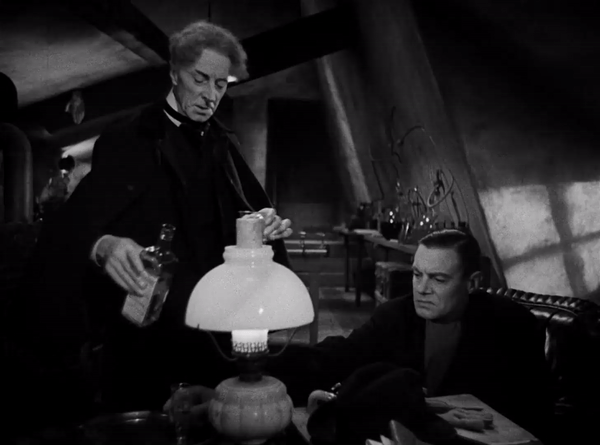
Bride of Frankenstein, 1935
The Drive-In Era (1950s): Sci-Fi Creatures, Teenage Terrors, and the Birth of Horror as Date Night
In postwar America, monsters got as atomic as our worst collective nightmares. Ants the size of Buicks, blobs that oozed through vents, and flying saucers with Cold War-coded agendas.
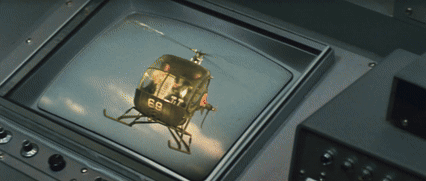
Godzilla (1954)
The timing was also just right for drive-in theaters to have a big moment. Car ownership was burgeoning. At the same time, communities were not yet saturated with television sets, and TV programming was in its infancy.
Drive-ins drove the market for teenage date night flicks. Teenage audiences became more important than ever before, and teenagers loved horror. This natural alliance branded horror as the perfect date movie genre for decades to come.
Drive-ins were more than just makeout spots—they were social hubs. And there was something special about experiencing a scary movie on a giant outdoor screen at night as a community experience.
Meanwhile, seated theater gimmicks were evolving to compete. William Castle made the seats vibrate (The Tingler, 1959), flung skeletons over the audience (House on Haunted Hill, 1959), and offered “life insurance” in case you died of fright (Macabre, 1958). (He was kidding … mostly.)
Roger Corman came in low-budget and high-yield, cranking out films like A Bucket of Blood (1959) and The Little Shop of Horrors (1960). This drew the blueprint for the likes of Blumhouse and Shudder, and inspired a generation of filmmakers with the idea that you didn’t need prestige to turn a profit. (Just buckets and some fake blood, really.)
Horror had gone full camp. Cheap and thrilling, it was an ever-increasing part of American culture, especially youth culture. But Halloween the holiday was still costumes, candy, pranks—little kid stuff. The potion was still missing a couple key ingredients.
The Ratings Shift and the Rise of Adult Horror (1960s)
Then came the sound of a violin shriek. A silhouette behind a shower curtain. A woman dying mid-story. Psycho (1960) rewrote the rules, and they were sexier now.
The MPAA ratings system launched in 1968, and horror seized its chance. The MPAA system replaced the old Hays Code with audience guidance (G/M/PG, R, X). That was an important shift: Instead of avoiding taboo content, studios and indies could actually make films for adults and label them accordingly. “R” and “X” created space for grittier violence, sexuality, and occult themes the Code had long suppressed. This was exactly the oxygen horror needed to get sharper, stranger, and scarier. And in many cases, more scandalous.
Night of the Living Dead (1968) brought the apocalypse to your living room, grainy and brutal. Rosemary’s Baby (1968) asked “What if your neighbors were Satanists?” The Haunting (1963) planted a seed of dread—the ghosts could be expecting any one of us, and they weren’t content to stay in the walls.
Horror was being allowed to grow up.
Halloween Gets Darker
Halloween, meanwhile, started picking up new baggage: After a couple of small but widely publicized incidents, rumors began to circulate about trick-or-treat poisonings. In October of 1970, The New York Times ran a pre-Halloween warning about tainted treats. The most infamous case happened in 1974, when a Texas father murdered his son with cyanide-laced Pixy Stix—a tragedy that supercharged fears of strangers poisoning candy.
After the 1982 murders associated with an OTC pain reliever (which I won’t mention by name because they’re taking a beating in the media right now as well), copycat rumors and razor-blade stories surged, and media sensationalized. By 1985 a majority of U.S. parents told pollsters they feared Halloween candy sabotage—even though scholarly reviews found essentially no confirmed stranger poisonings.
The monster was now on your neighbor’s front porch.
A culture of fear is never a good thing. But there’s always a dark side to a proper story, isn’t there?
Halloween (1978): The Holiday and the Genre Lock It Down
Enter: The Boogeyman.
John Carpenter’s Halloween (1978) wasn’t just any old movie. It gave us a silent monster in the Rorschach mask onto whom we can all project our greatest fears. One size fits all.
If the earlier films laid the rails, Halloween was the linchpin locking horror cinema to October 31 forever.
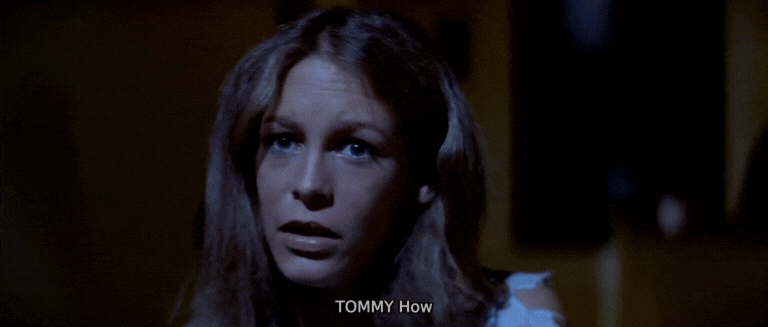
Halloween (1978)
The success was staggering. And the imitators arrived fast: Friday the 13th (1980), My Bloody Valentine (1981), April Fool’s Day (1986). Calendar-based slashers became a tradition. If there was a holiday, someone had to die.
Of course, Halloween would always be special.
If Christmas had Santa, Halloween had a guy in a painted William Shatner mask with a carving knife.
And occasionally, also Santa.
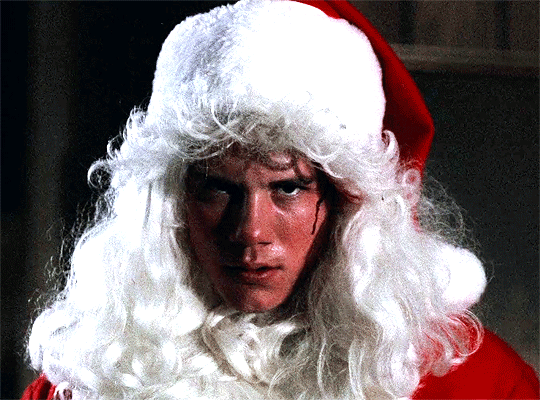
Silent Night, Deadly Night (1984)
Halloween Becomes the Horror Fan’s High Unholy Day
By the mid-1980s, you weren’t just trick-or-treating. You were staying up late to watch Freddy invade dreams, Carrie get revenge, Jason patrol summer camps, and Chucky ruin the concept of birthday gifts.
TV stations ran their own marathons. Celebrity hosts like Elvira (Cassandra Peterson) did Halloween specials. But the proliferation of home video cassette players (VCRs) meant that you could also DIY your Halloween film festival. Video rental stores celebrated one of the biggest business nights of the year, many going all out with decorations, candy, and merch themselves.
Halloween itself transformed into an industry as pop-up kiosks and then seasonal storefronts kept consumers stocked with costumes, makeup, fog machines, decorations, and, by the early 1990s, some pretty baller animatronics.
The Ritual
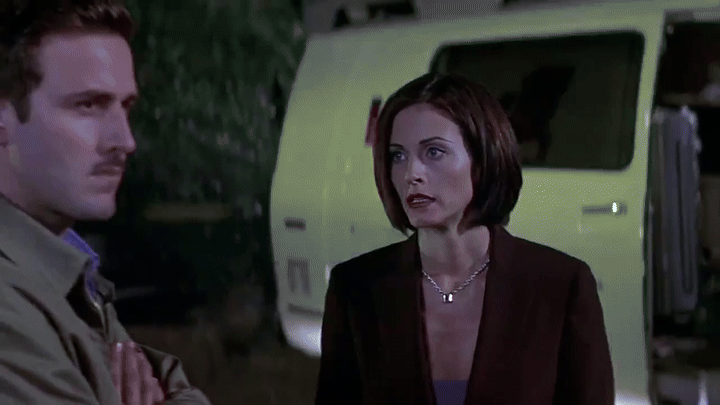
Scream 2 (1997)
Scary movies went mainstream not in spite of their darkness, but because of it.
They give us safe ways to confront fear. They mirror our cultural anxieties—economic collapse, nuclear war, gender roles, religious guilt, senseless violence—and let us process those terrors in a safe way. Ideally in community with other viewers, and with popcorn.
More generally than that, they offer a rare chance to sit with the dark.
To make space for it.
To name its different faces.
In a culture that tries so hard to scrub fear from childhood and partition death from daily life, horror movies kick that portal back open. They remind us that we are temporary. Our bodies are fragile. The monster as a metaphor is no less a monster.
And weirdly, beautifully, they offer us a way to celebrate that. To gather together, dim the lights, and rehearse our own mortality—like a ritual. It’s almost like we found a way to celebrate death as a part of life, even though predominant US culture forbids that.
Year-round Halloween people know this ritual well, don’t we?
Halloween became horror cinema’s big night not just because of clever marketing, but because the casual consumer needs to feel like they have permission to participate in something dark. For one night a year, we all invite the shadows in.
So this October, I encourage you to evangelize. Recommend your favorite movies to friends, especially indie films. Host a movie night. Light candles. Do the whole thing. Commit to the screams and laugh at the fake-out jump scares.
Let the ritual do its magic.
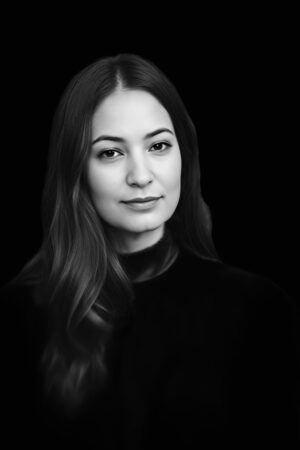 Stacie Herrington writes fiction and poetry, and reviews horror movies on The Podcast Compels You and for the feminist horror zine Last Girls’ Club. Newly released short stories appear in Roadkill: Texas Horror Vol. 10 from Hellbound Books and The Writing on the Wall: A Horror Tribute to Iron Maiden from Wicked Ouija Press. Recent poetry appears in the Horror Writers Association Poetry Showcase XI and the StokerCon 2025 Souvenir Anthology. Forthcoming pieces will be published by Black Hare Press and by HWA in its Poetry Showcase XII.
Stacie Herrington writes fiction and poetry, and reviews horror movies on The Podcast Compels You and for the feminist horror zine Last Girls’ Club. Newly released short stories appear in Roadkill: Texas Horror Vol. 10 from Hellbound Books and The Writing on the Wall: A Horror Tribute to Iron Maiden from Wicked Ouija Press. Recent poetry appears in the Horror Writers Association Poetry Showcase XI and the StokerCon 2025 Souvenir Anthology. Forthcoming pieces will be published by Black Hare Press and by HWA in its Poetry Showcase XII.

